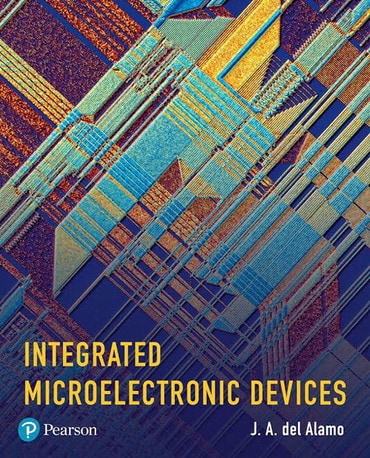
Integrated Microelectronic Devices: Physics and Modeling, 1st edition
Published by Pearson (January 20, 2017) © 2018
- J A. del Alamo
Price Reduced From: $266.65
This product is expected to ship within 3-6 business days for US and 5-10 business days for Canadian customers.
Title overview
For advanced courses in Semiconductor Devices
A modern take on microelectronic device engineering
Microelectronics is a 50-year-old engineering discipline still undergoing rapid evolution and societal adoption. Integrated Microelectronic Devices: Physics and Modeling fills the need for a rigorous description of semiconductor device physics that is relevant to modern nanoelectronics. The central goal is to present the fundamentals of semiconductor device operation with relevance to modern integrated microelectronics. Emphasis is devoted to frequency response, layout, geometrical effects, parasitic issues and modeling in integrated microelectronics devices (transistors and diodes). In addition to this focus, the concepts learned here are highly applicable in other device contexts.
This text is suitable for a one-semester junior or senior-level course by selecting the front sections of selected chapters (e.g. 1-9). It can also be used in a two-semester senior-level or a graduate-level course by taking advantage of the more advanced sections.
